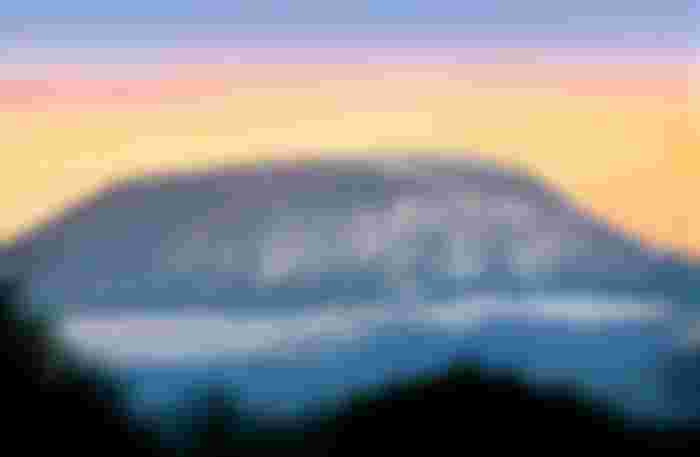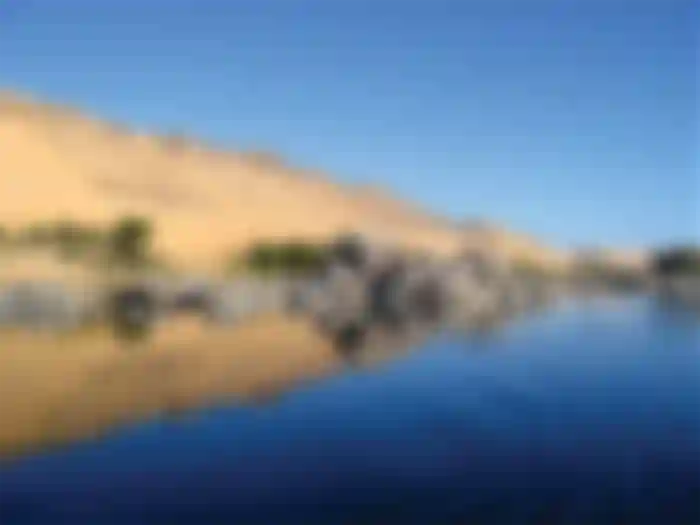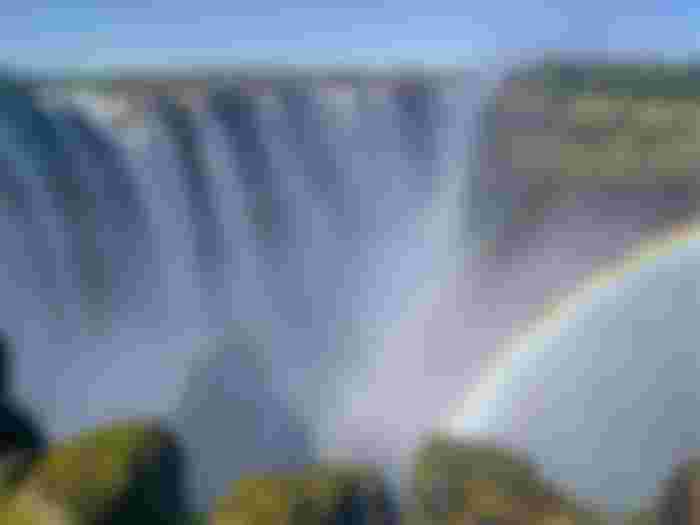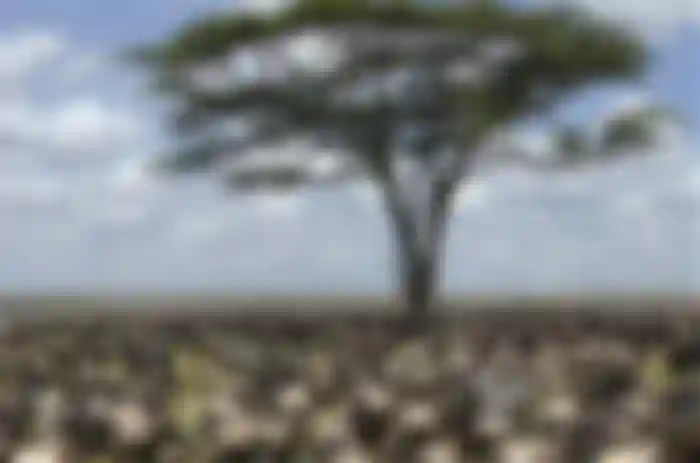Seven(7) Wonders Of Africa
18th May 2022
Africa is home to vast stretches of unspoilt nature and landscape filled with rich wildlife, eclectic cultures, varied landscapes; there’s no other place to discover the wonders of the world than in the world’s second biggest continent. Here some of the wonders of Africa.
1. Mount Kilimanjaro, Tanzania

Mount Kilimanjaro is known as Africa’s highest mountain; rising at 19,340 ft above the plains of Africa. The highest point is called the Uhuru and is accessible to anyone fit and adventurous. The scenery is beautiful and the huge white glaciers will get to wondering whether or not you’re in Africa. This is defiantly a must do !
2. The Sahara Desert, North Africa

The Sahara Desert is the world’s third largest desert after the cold Antarctic and Arctic deserts. Among the hot deserts of the world, however, the Sahara ranks the highest. The size of the desert (3,500,000 square miles) is comparable to the size of the United States. The Sahara Desert covers much of North Africa with the exception of the Mediterranean Sea coast, Egypt and Sudan’s Nile Valley, and the Atlas Mountains of the Maghreb. The arid desert is not completely lifeless. Several species of fox, addax, Dama gazelle, Saharan cheetah, monitor lizard, sand vipers, African wild dog, red-necked ostrich, desert crocodiles, Saharan silver ant, dromedary camels, and goats lives in the Sahara Desert. The desert is also home to several wandering tribes or nomads while some settlements can be found in the oases of the desert. Several tourist activities like camping, wildlife-viewing, cultural tours, and camel rides, are arranged in certain sections of the Sahara Desert under expert guidance by those who know the desert well.
3. Pyramid Of Giza, Egypt

This is definitely one wonder of the world. The famous Giza Pyramids which is near Cairo was built around 2650 BBC from 2.5 million blocks of limestone. Made to depict the north, south, east and west, the Giza Pyramid is where the King Cheops was buried. During tours, you’ll be taken to see the great Sphinx, a half lion, half human statue which is considered to be the world’s largest and oldest statue.
4. The Nile River
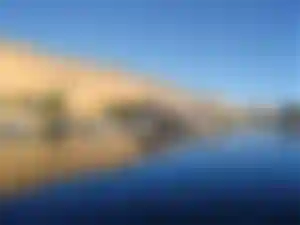
The list of Seven Wonders of Africa could never be complete without the mention of the Nile River, the longest river in the world. The Nile is s north-flowing river in northeastern Africa. The 4,145 Nile is shared by 11 countries of the world, and in Sudan and Egypt, it is the primary source of water for the entire populations. The Nile Rive ends in a large delta before draining into the Mediterranean Sea in Egypt. It is this river that gave birth to and nurtured the Egyptian civilization and the Sudanese kingdoms. Most of the major historical and cultural sites of Egypt are thus based along the banks of the Nile River.
5. Fish River Canyon, Namibia

The Fish River Canyon is the second largest river canyon in the world after the Grand Canyon. The Fish River Canyon is a stunning natural wonder which is situated in the Namibian Desert. The Fish River Canyon is over 160 km long, 27kms wide and 550mt deep and has a flowing river which stops during the dry season making it the perfect place for hikers. You’ll be bound to see Zebra’s, Kudu’s and Klipspringers on your journey through this canyon.
6. Victoria Falls, Zambia and Zimbabwe

Victoria Falls is a waterfall on the Zambezi River in southern Africa, which provides habitat for several unique species of plants and animals. Victoria Falls which is also known as the Mosi-oa-Tunya (smoke that thunders) was reportedly found by Scotsman David Livingstone in 1855. It has become a UNESCO World Heritage site and one of Africa’s most impressive landmarks which borders both Zambia and Zimbabwe. Victoria Falls is the largest moving body of water on the Earth making it a must see on your journey through Africa.
7. Serengeti Migration

The Serengeti is an African ecosystem that extends from northern Tanzania to south-western Kenya. The Serengeti in Kenya is known as the Maasai Mara. The ecosystem hosts the world’s largest terrestrial mammal migration. Besides lions, 70 species of large mammals and 500 species of birds also live here. The landscape of the Serengeti is varied and features grasslands, woodlands, riverine forests, swamps, and kopjes.
Each year witnesses the circular great wildebeest migration in Serengeti. The migration begins in Tanzania’s southern Serengeti’s Ngorongoro Conservation Area. Between January and March nearly 260,000 zebras, 1.7 million wildebeest, 470,000 gazelles, and other plains game begin migrating. By about February, these animals start grazing on the short grass plains of Serengeti’s southeastern section and give birth to about 500,000 calves. The end of rains in May trigger the movement of animals northwest, and they stop in the region around the Grumeti River till late June. In late July to August, the herds arrive and stay in Kenya. The great migration is an eventful journey that witnesses both the birth and death of the migrants.
Disclaimer: This article and all material used in this content is used for entertainment and educational purposes only.
